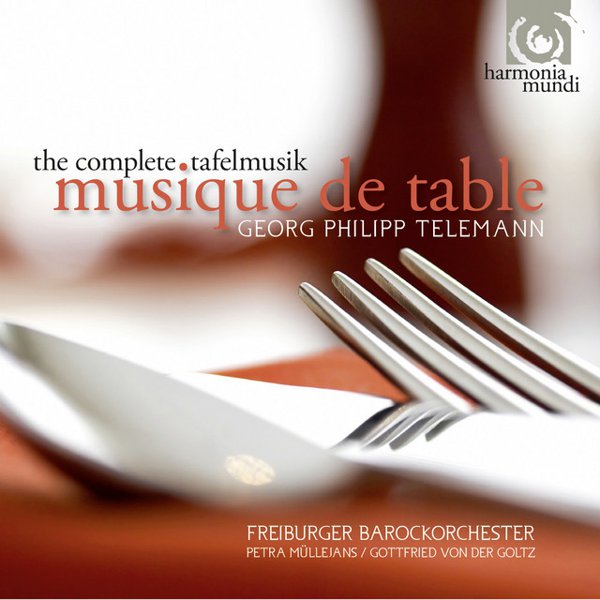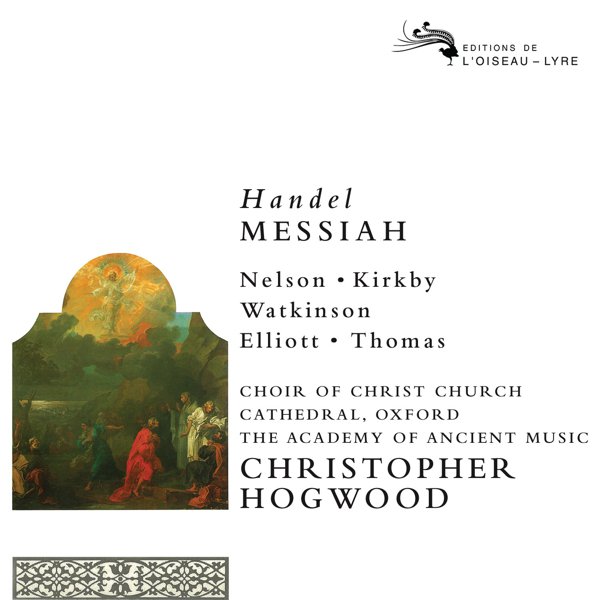The term “early music” is a bit ill-defined, but is commonly used to refer to European art music of the medieval, Renaissance, baroque, and early classical periods, ranging roughly from the years 500 to 1700 (and mostly between 1100 and 1700, given how little we know about music prior to the second millennium). During the medieval and Renaissance periods, instruments were commonly used that later fell out of favor: these include wind instruments like the shawm, crumhorn, and dulcian, and stringed instruments like the rebec, viola da gamba, and lira da braccio. Some of these are precursors of instruments commonly used in later baroque and classical music – for example, the modern oboe is a direct descendant of the shawm, which emerged in the 12th century – while others simply fell out of fashion and disappeared from the musical scene for centuries.
Classical instruments that have either persisted or evolved throughout the centuries have, in many cases, changed somewhat in construction. For several centuries, stringed instruments were strung with animal gut and had slightly shorter necks than modern ones; longer necks and steel strings were added in response to changing musical styles and the need for greater volume and projection. Similar changes took place with wind instruments, which originally had open fingering holes and were designed to play mainly diatonic melodies; as Western classical music became more harmonically complex, keys were added to facilitate chromatic playing. Keyboard and percussion instruments evolved over the centuries as well, as did vocal performance technique.
While baroque music never lost its place in the classical music scene entirely, the music of the medieval and Renaissance periods fell into a period of neglect during the 18th, 19th, and early 20th centuries in both Europe and the United States. But in the late 1950s there was a resurgence of interest in the music of those periods, led by musicians and scholars including Noah Greenberg, David Munrow, Christopher Hogwood, and Frans Brüggen. These and others not only resurrected long-neglected compositions and brought new attention to composers whose work had not been performed in many years, but also researched the performance techniques of earlier periods and revived the use of instruments from those eras, creating an approach that came to be called “authentic” performance practice. The word “authentic” in this context came with some controversy, of course, since the likelihood of actually recreating a fully “authentic” musical experience from 300 years earlier will always be questionable. For this and other reasons, terms “period instruments” and “period performance practices” have become more commonly accepted.
The early-music or period-instrument movement gained significant momentum in the 1980s, and has since become the dominant force in the recording and performance of music from the medieval to the baroque periods. While it is still common to hear the music of Bach and Handel played on modern instruments, it has become unusual to encounter recordings of other baroque-era composers recorded in that way, and vocal ensembles that specialize in music of the medieval, Renaissance, and baroque periods are almost always deeply informed by historically-researched performance practice.












